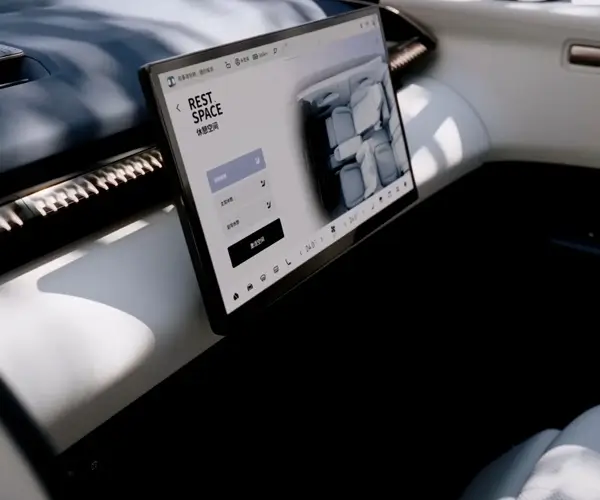part 1:
In the rapidly evolving landscape of machinery, robotics, and automation, the heartbeat of motion often lies in a vital yet understated component: the DC gear motor with two shafts. These marvels of engineering blend the simple elegance of direct current motors with the complexity of specially designed gear trains, creating a device that delivers both power and precision. Whether you’re a hobbyist, a professional engineer, or a manufacturer looking for a reliable solution, understanding what makes "DC gear motor 2 shaft" such a compelling choice is key to unlocking new possibilities.

The Basics of DC Gear Motors
At its core, a DC gear motor is a motor that incorporates a gear reduction system directly into its structure. This integration allows for a significant reduction in speed while increasing torque, making it ideal for applications requiring controlled movement and force. Think of it as a finely tuned balance between speed and strength—turning a fast-rotating electric motor into a steady, powerful driver that can handle loads with ease.
Adding a second shaft to the gear motor introduces a host of new functionalities. Unlike single-shaft models, which transfer power through one output, dual-shaft configurations provide two points of interface. This means you can simultaneously drive two separate mechanical components or generate complex movement patterns with synchronized or independent rotations. The versatility of a DC gear motor 2 shaft quickly becomes apparent in scenarios such as robotic arms, conveyor belts, or precision instrumentation.
Why Dual Shafts Matter
The second shaft isn’t a mere accessory; it fundamentally enhances the motor’s flexibility. For instance, in robotics, a dual-shaft gear motor might power both the rotation of a wheel and the movement of a robotic arm’s joint from a single compact device. This reduces the number of components needed, simplifies wiring, and minimizes space—factors that are critical in tight or intricate designs.
Furthermore, having two shafts often enables reverse or differential drive configurations, allowing a device to perform complex tasks such as nuanced positioning, synchronized movements, or multi-directional operations. The structure of these motors is adept at handling custom gear ratios and configurations to meet precise torque and speed demands.
Applications Exploding with Possibility
The reach of DC gear motors with two shafts is broad and exciting. In industrial automation, these motors drive conveyor systems, packaging machines, and automated guided vehicles (AGVs). Their ability to operate under varying loads while maintaining accuracy means smoother, more reliable production lines.
In robotics, dual shafts open doors to more compact, efficient designs. Imagine a robot with a single base that can handle both mobility and manipulation tasks—thanks to a DC gear motor with two shafts feeding two different axes or parts. Such integration minimizes space and simplifies control systems, leading to more agile, adaptable robots.
Even in consumer devices and hobbies, these motors make a difference. From remote-controlled cars to advanced drone gimbals, the dual-shaft setup provides you with the power and control to push creative boundaries.
Design Considerations
Choosing the right DC gear motor with two shafts hinges on understanding several key factors. First, torque requirements are paramount; high torque models are necessary for heavy duty tasks, while lighter applications need less power but more finesse. Second, speed ratings must match the application—whether slow, deliberate movements or rapid rotations.
Next, gear ratios are adjustable parameters that influence both speed and torque. A higher gear ratio means increased torque but reduced speed; vice versa, a lower ratio favors speed. Custom gear configurations are often available to tailor these specifications.
Lastly, operational environment can't be ignored. Motors designed for indoor, dry conditions differ from those built for outdoor or high-humidity environments. Proper casing, insulation, and cooling mechanisms ensure longevity and stable performance.
Emerging Innovations
Recent advances in material science and microfabrication are pushing the boundaries of what dual-shaft DC gear motors can do. Modern models feature quieter operation, reduced wear due to high-quality gear materials, and smarter control options integrating sensors and wireless communication.
Moreover, the integration of encoder feedback on both shafts can enable closed-loop control systems, offering position and speed regulation with breathtaking precision. This paves the way for industrial-grade automation and intricate robotic tasks hitherto unattainable.
In summary,…
The "DC gear motor 2 shaft" is more than just an offbeat variation of an electric motor. It’s a gateway to enhanced mechanical control, space-saving efficiency, and innovative design possibilities. As industries and technologies evolve, these dual-shaft motors are poised to become even more essential, opening new horizons for engineers and hobbyists alike.
Leveraging innovations in modular drive technology, Kpower integrates high-performance motors, precision reducers, and multi-protocol control systems to provide efficient and customized smart drive system solutions.




































